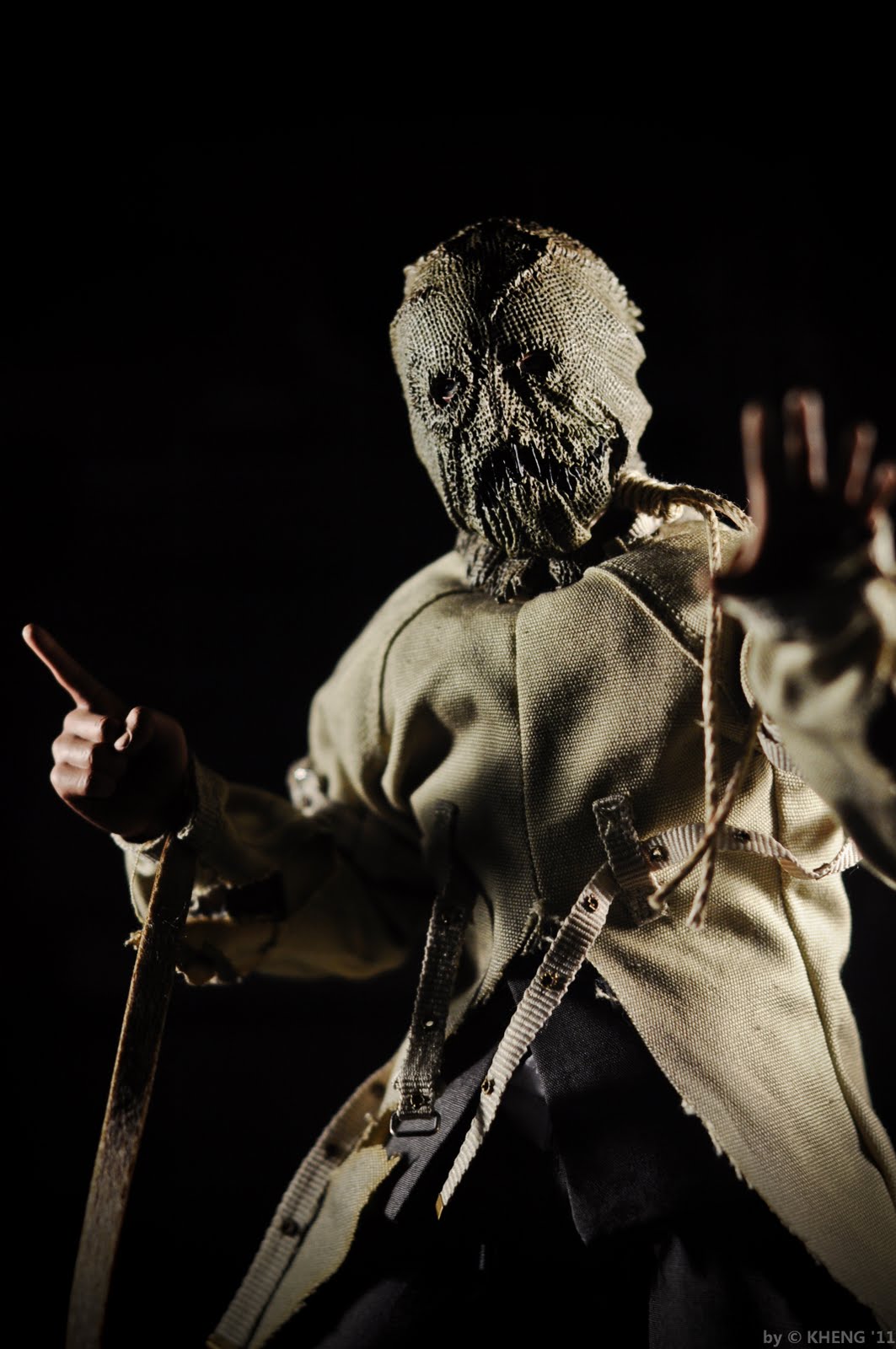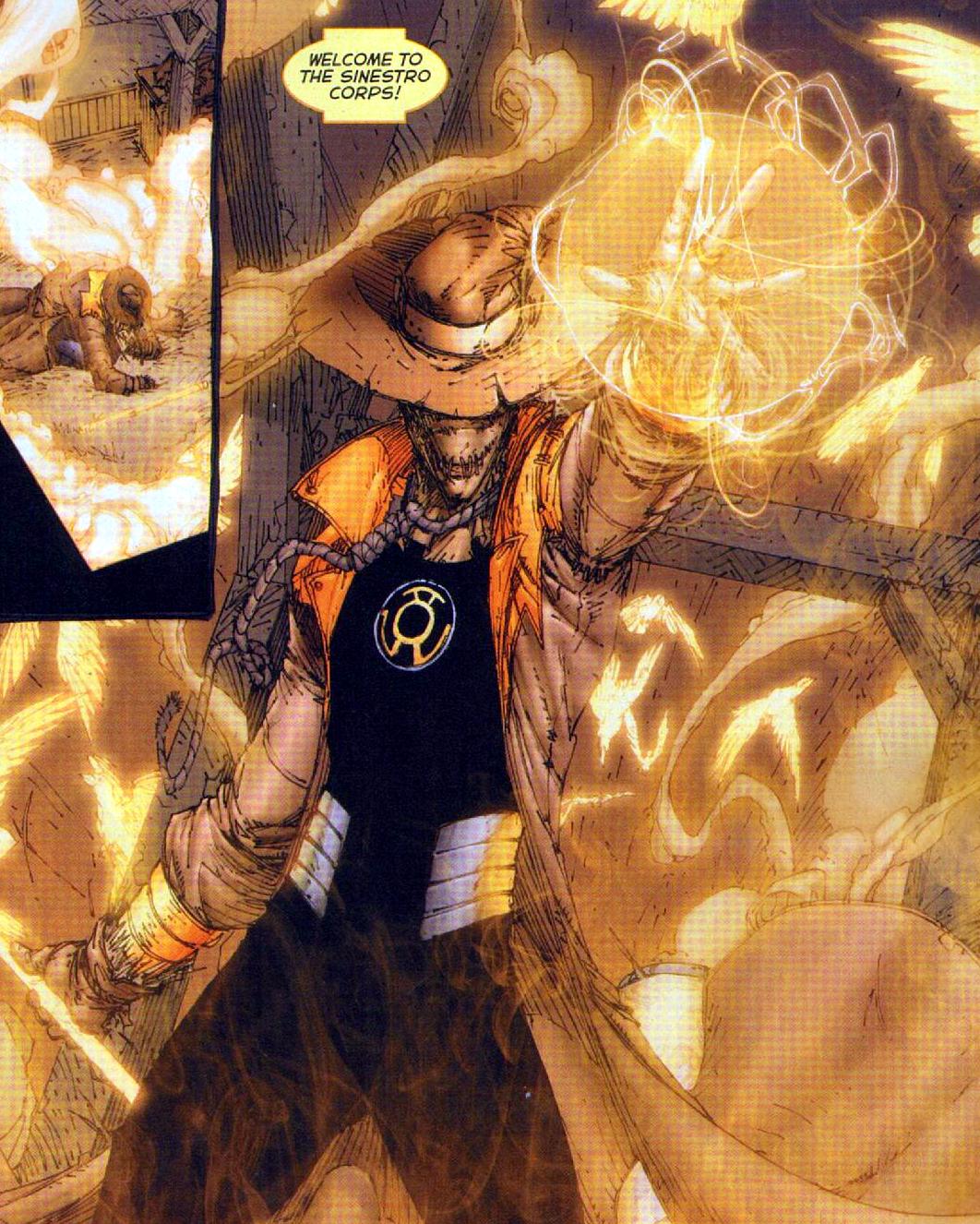

Clearly, there are some family issues to work out.)Īlthough what launched Jonathan into his criminal career was surprisingly mundane - after losing tenure at the school where he was teaching, he sought revenge on the other teachers - his criminal schemes would later become far larger in scope, usually involving schemes to drive entire cities insane with his fear gas or some other, similarly chemical-based, plan on a grand scale. (When Gerald Crane has shown up in the comics, such as in 2005’s Year One: Batman/Scarecrow miniseries, he’s also been the subject of a murder attempt by Jonathan. While Jonathan Crane has been part of comic book mythology for more than 70 years - his first appearance came in the third issue of World’s Finest Comics back in 1941, the work of Bob Kane and Bill Finger, the men who created Batman himself - Gerald is a relatively new addition, and Gotham’s emphasis on his role in the creation of the Scarecrow is also something that isn’t traditionally true in much of the villain’s comic book history.įor much of the Scarecrow’s comic book past, he was simply a psychiatrist obsessed with the concept of fear as the result of being bullied in childhood - not only by classmates in school, but, in some versions of his origin story (most notably in Batman: The Long Halloween, which has been an inspiration for Gotham more than once to date), by a fanatically religious grandmother, whom he later went on to murder. See more Broadcast TV’s Returning Shows 2015-16

But in this noble pursuit, he creates a great deal of suffering and ultimately visits this unto his own son.” He has suffered himself, and therefore he doesn’t want others to suffer. “Ultimately, his own son becomes a victim of his medical ambitions and his misguided decision making - even though he doesn’t think it’s misguided.

Such experiments leave their mark on the young Jonathan, teases Sands. Unlike his son, who’ll grow up to inflict fear upon his victims, Sands says that Gerald Crane sets out to eliminate the emotion altogether - a course of action which requires, he explains delicately, “a lot of experimentation on human guinea pigs who weren’t volunteers and, unfortunately, mostly left his laboratory in a body bag.”


 0 kommentar(er)
0 kommentar(er)
